Yancong Wei
Missing Data Reconstruction in Remote Sensing image with a Unified Spatial-Temporal-Spectral Deep Convolutional Neural Network
Feb 23, 2018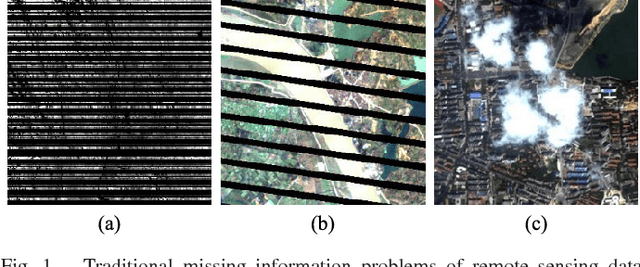
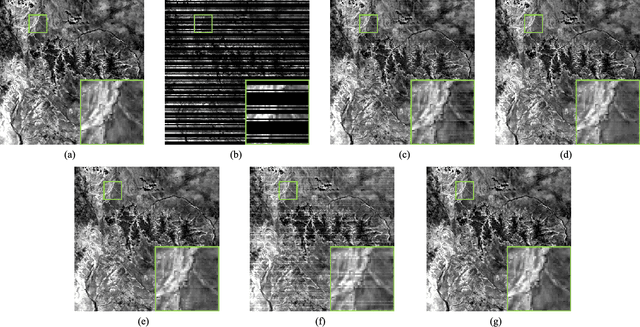
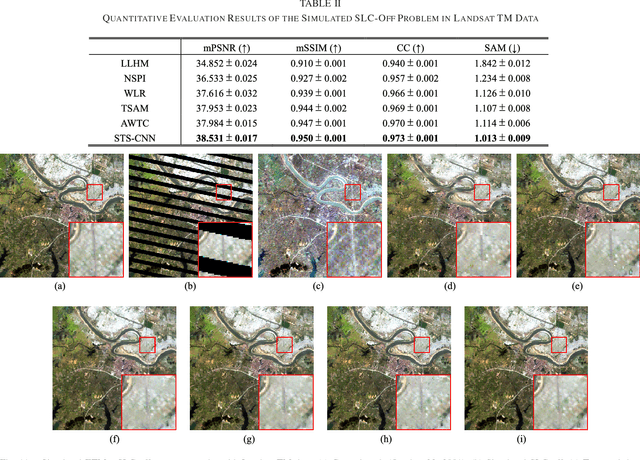
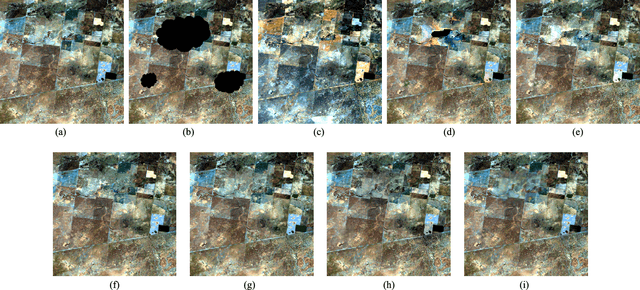
Abstract:Because of the internal malfunction of satellite sensors and poor atmospheric conditions such as thick cloud, the acquired remote sensing data often suffer from missing information, i.e., the data usability is greatly reduced. In this paper, a novel method of missing information reconstruction in remote sensing images is proposed. The unified spatial-temporal-spectral framework based on a deep convolutional neural network (STS-CNN) employs a unified deep convolutional neural network combined with spatial-temporal-spectral supplementary information. In addition, to address the fact that most methods can only deal with a single missing information reconstruction task, the proposed approach can solve three typical missing information reconstruction tasks: 1) dead lines in Aqua MODIS band 6; 2) the Landsat ETM+ Scan Line Corrector (SLC)-off problem; and 3) thick cloud removal. It should be noted that the proposed model can use multi-source data (spatial, spectral, and temporal) as the input of the unified framework. The results of both simulated and real-data experiments demonstrate that the proposed model exhibits high effectiveness in the three missing information reconstruction tasks listed above.
A Multi-Scale and Multi-Depth Convolutional Neural Network for Remote Sensing Imagery Pan-Sharpening
Dec 28, 2017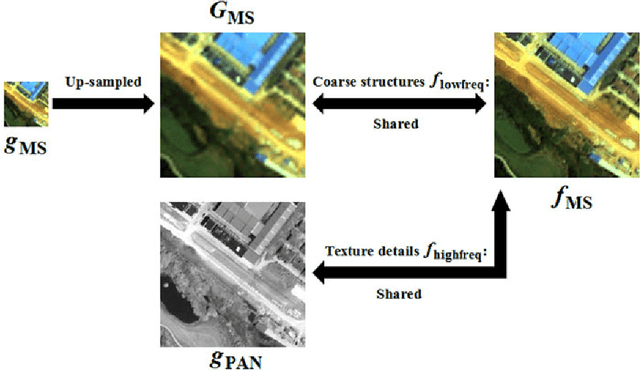
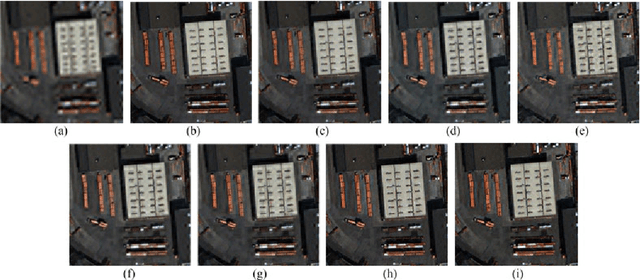
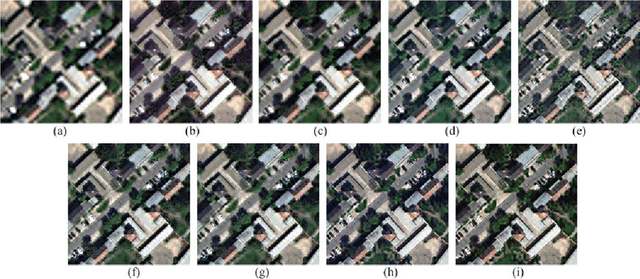
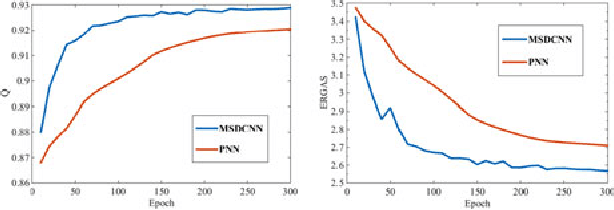
Abstract:Pan-sharpening is a fundamental and significant task in the field of remote sensing imagery processing, in which high-resolution spatial details from panchromatic images are employed to enhance the spatial resolution of multi-spectral (MS) images. As the transformation from low spatial resolution MS image to high-resolution MS image is complex and highly non-linear, inspired by the powerful representation for non-linear relationships of deep neural networks, we introduce multi-scale feature extraction and residual learning into the basic convolutional neural network (CNN) architecture and propose the multi-scale and multi-depth convolutional neural network (MSDCNN) for the pan-sharpening of remote sensing imagery. Both the quantitative assessment results and the visual assessment confirm that the proposed network yields high-resolution MS images that are superior to the images produced by the compared state-of-the-art methods.
Boosting the accuracy of multi-spectral image pan-sharpening by learning a deep residual network
May 23, 2017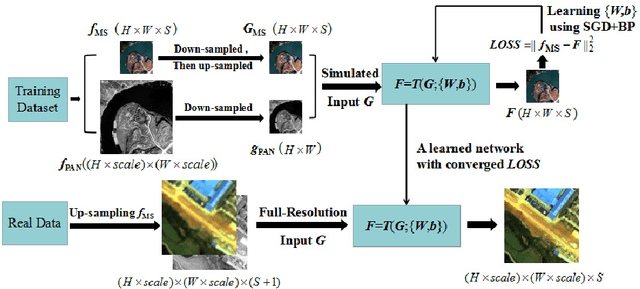
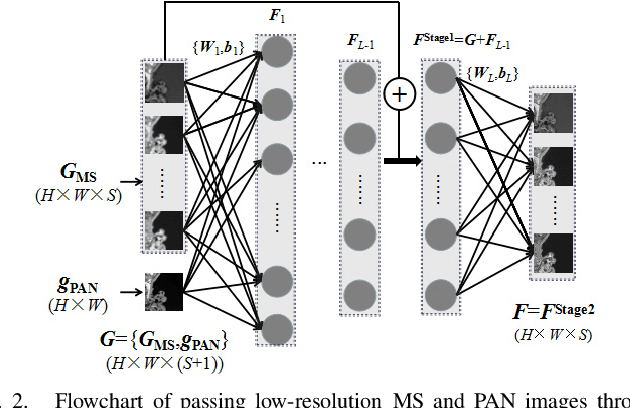
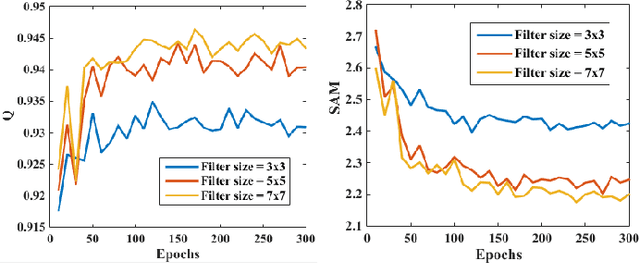
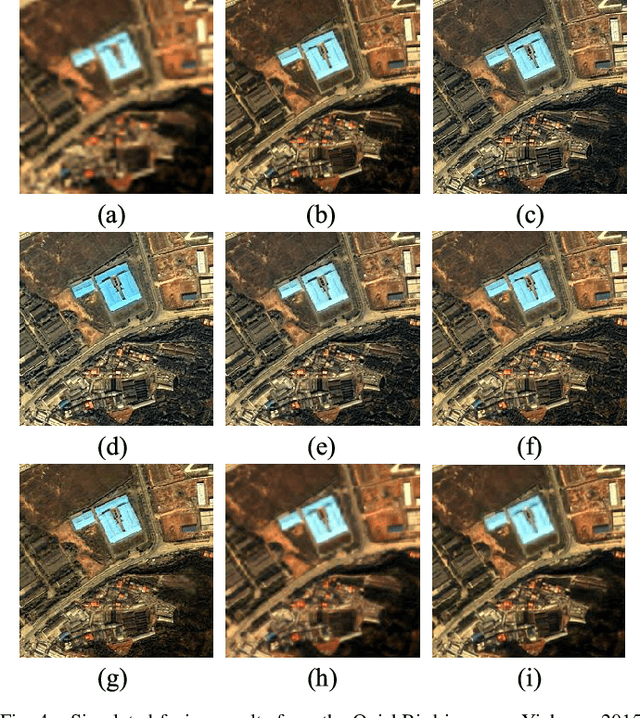
Abstract:In the field of fusing multi-spectral and panchromatic images (Pan-sharpening), the impressive effectiveness of deep neural networks has been recently employed to overcome the drawbacks of traditional linear models and boost the fusing accuracy. However, to the best of our knowledge, existing research works are mainly based on simple and flat networks with relatively shallow architecture, which severely limited their performances. In this paper, the concept of residual learning has been introduced to form a very deep convolutional neural network to make a full use of the high non-linearity of deep learning models. By both quantitative and visual assessments on a large number of high quality multi-spectral images from various sources, it has been supported that our proposed model is superior to all mainstream algorithms included in the comparison, and achieved the highest spatial-spectral unified accuracy.
 Add to Chrome
Add to Chrome Add to Firefox
Add to Firefox Add to Edge
Add to Edge